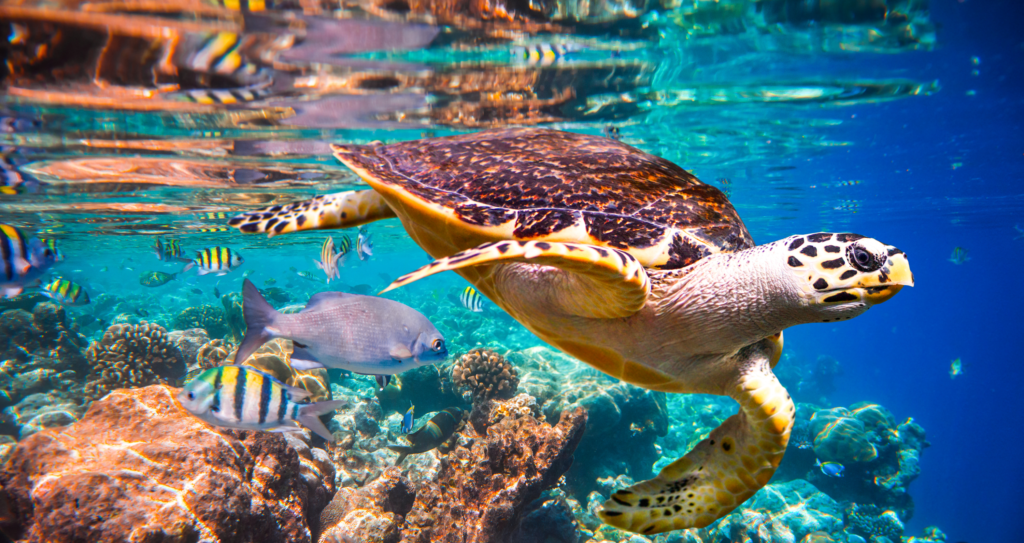
Designers of floating wind platforms generally plan to ballast the tanks with seawater associated with various means to prevent or limit internal corrosion. Quite often, internal epoxy coating of the tanks coupled with sacrificial anodes of zinc is used. However, for many specialists, this is to be supplemented by the injection of chemical products such as corrosion inhibitors, oxygen scavenger and biocide in the ballast water. Concerns relate mostly to the electrochemical corrosion and more importantly the bacterial corrosion or microbial induced corrosion (MIC) whose effects are very difficult to predict and quantify.
To achieve a sufficient level of protection on the long term, quantities of biocide are added to the seawater but without assurance of a long-lasting efficiency.


Inspecting seawater ballasts is quite difficult and the marine industry generally empties and inspects ship ballasts at least every 5 years. One can imagine how such an operation can difficult on a floating wind farm, without mentioning the need to dispose of the treated ballast water and refill the tank with seawater, reinjecting again harmful chemicals. This is when no internal damage is found in the ballast. Any repair or recoating of the steel walls would be a nightmare in terms of safety and execution.
Corrosion or structural stresses may eventually generate holes or cracks in the ballast tanks, and cause spillage of treated water to the sea. Accidents may also happen, such as a collision with a ship or a floating object, potentially resulting in a large spill of chemically treated water into the ocean.
As far as the floating wind turbines are concerned, ballast water volumes are significant, in the range of 10,000 m3 per unit. Spillage of ballast water would result in a very adverse impact to the marine life.
There is a solution to this problem and this threat to the marine environment. A solution which will make floating wind power a true clean renewable energy.
The solution is ultrapure water.
